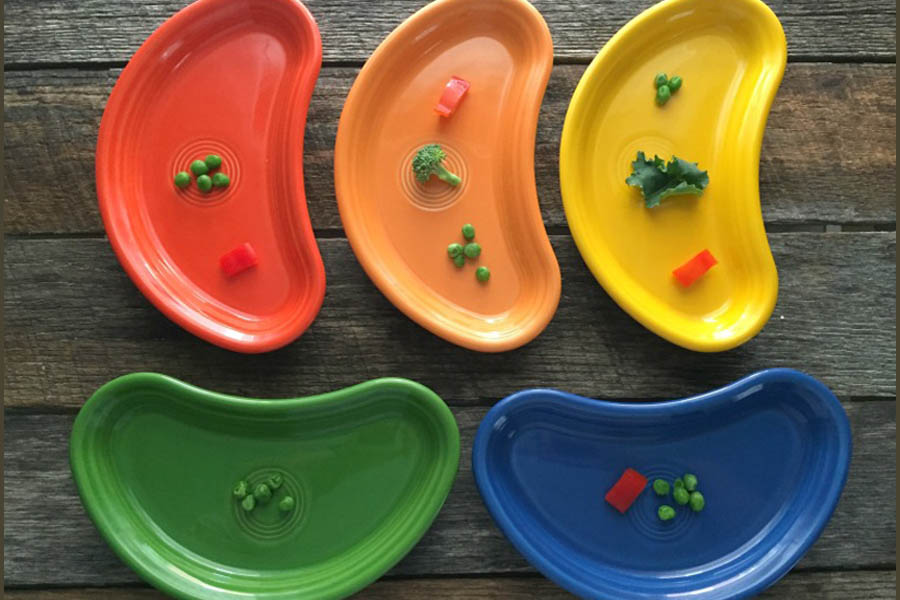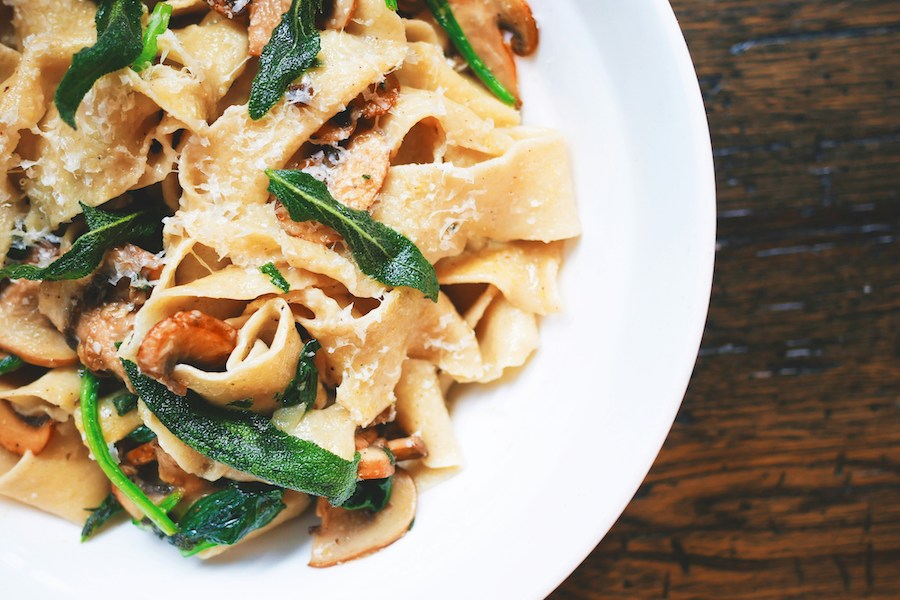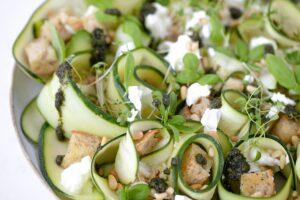I’ve been around the block a few times, and when you travel these parts with a degree in child development and experience as a family food expert, you end up talking a whole lot about picky eaters. I’ve fielded every question imaginable and have heard every side of every debate, from whether or not we should use dessert as an incentive for healthy eating to (everyone’s favorite) the merits of sneaking in vegetables. But I recently came across something I’d never heard of before and had to share it with you: allow me to introduce you to the taste plate.
Related: 12 healthy dinner ideas for your picky eater. Yes, really!
I came across this post explaining what a taste plate is and how you can use one at Real Mom Nutrition, a fantastic site if you’re struggling with a picky eater or, as I prefer to call them, selective eaters. (It’s less judgy and, let’s be honest, not feeling judged matters to our kids as much as it matters to us.) The idea is that you keep a smaller, second plate to the side of your little eater’s main dinner plate where you can put any new or anxiety-producing foods that you’d like them to try, whether for the first or the hundredth time.
5 real-life strategies to get kids to eat more vegetables
5 real life strategies to get kids to eat more vegetables on Kitchen Help LIVE!
Posted by Cool Mom Picks on Thursday, July 6, 2017
You should hop on over to Sally’s post to learn more about this simple idea — there’s a specific method to making it work successfully — but the gist of it immediately spoke to me. I recently did a Facebook Live on 5 real-life strategies to encourage your kids to eat more veggies and spoke about how there aren’t any one-size-fits-all solutions to picky eating. That said, like with all aspects of parenting, there are some strategies that tend to work in a large number of families because they are based on an understanding of and respect for child development. The taste plate strikes me as one of these strategies.
Related: What happened when I stopped worrying about feeding my picky eater.
It strikes me that the taste plate honors that kids want to be in control and, in some respects, have a right to be. After all (and I know they’ve said this to you), it is, in fact, their body. But it also reinforces that while we can’t — and shouldn’t want to — force our kids to eat certain foods, we are in control and know more about what is healthy and what isn’t. As parents, it’s a part of our job to support them as they develop healthy habits for life, including around eating.
Basically, the taste plate is a compromise that takes the long view. And the long view we must take, parents. After all, it can take upwards of 15 tries for a child to accept a new food. So forcing and fighting after try 1, 3, or even 10, is a losing proposition. Maybe the taste plate will be a winning one in your house.







Thanks for the shout-out!
Thanks for the fantastic idea!
As a somewhat reformed picky eater (please, still no seafood for me) this really speaks to me. I remember having a gloopy serving of something sitting on my plate, ruining the rest of the meal. Even if I only had to take one bite, it was like a little pile of disappointment. And sometimes it would TOUCH MY OTHER FOOD GROSS SO GROSS.
When I became a mom, I found my kiddo most often just wanted what I had. So for new foods (I’m looking at you, asparagus) I’d give her a bite of mine. YMMV, of course. Kids are weird. (She likes asparagus with mayonnaise. GROSS SO GROSS. I blame her father.)
I love this, BKC. It’s so good to remember what it was like for us when we were young — and that we came out fine. Ha! And Asparagus with mayonnaise — so very French!